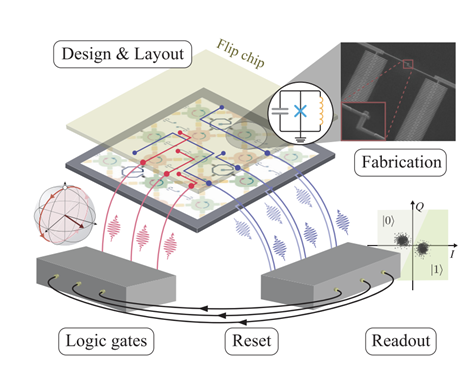How Accelerator Physicists Save Time
A boosted frame of reference boosts the speed of calculations.

The Science
Rapid computer simulations save computation time and help accelerator physicists understand and better design accelerator systems that may extend the physics reach of next-generation high energy accelerators.
The Impact
Simulation programs often need to repeat millions of calculations in order to return meaningful results. These calculations can take thousands of hours and consume enormous computer resources. By changing the frame of reference in which a simulation program performs calculations, physicists at Lawrence Berkeley Lab have found a powerful technique to significantly shorten computation time. This makes these simulation programs powerful tools with rapid turnaround time that allows the accelerator physicist to better understand and optimize accelerator systems under development.
Summary
Accelerator physicists lean heavily on simulations to model complicated systems in order to better understand them. Through a novel technique, physicists at Lawrence Berkeley National Laboratory have significantly reduced the computation time for the modeling of plasma wakefield acceleration, a technique that may lead to the development of next-generation high energy accelerators. Imagine a meter-long beam pipe filled with a pre-ionized gas (i.e. a plasma) down which a single laser pulse and an electron bunch are sent. The pulse produces a periodically varying electric field—a wakefield--in the plasma trailing behind it that can be used to accelerate those electrons. As the pulse, electron bunch, and wakefield propagate along the length of the beam pipe they evolve due to their self-interactions and interactions with each other. The physicist’s goal is to understand how the energy of the electrons can be maximized without degrading their bunching. The traditional way to model the laser pulse transitting the beam pipe would be in discrete time steps. Unfortunately this approach is extraordinarily computationally intense. In a new approach, LBNL scientists shifted the frame of reference (called a Lorentz transformation) from the lab to the wakefield, a “boosted frame” in which the lab frame is moving near the speed of light. The relativistic effect of time dilation means that the evolution of the plasma electrons slows down relative to the electron bunch and laser pulse. Whereas in the lab frame millions of time steps are required for the calculation, thus leading to lengthy computation times, only hundreds of time steps are required in the boosted frame, providing a much better tool for these simulations.
Contact
Jean-Luc Vay
Lawrence Berkeley National Laboratory
jlvay@lbl.gov
Funding
Basic research: Office of Science High Energy Physics program and the Office of Science SciDAC (Scientific Discovery through Advanced Computing) program.
Publications
J.-L. Vay, Phys. Rev. Lett. 98, 130405 (2007)
J.-L. Vay et al, Phys. Plasmas Lett. 18, 030701 (2011)
Related Links
AFRD’s Jean-Luc Vay Wins Prestigious Accelerator Prize
USPAS Prize for Achievement in Accelerator Physics and Technology
Highlight Categories
Performer: SC User Facilities , ASCR User Facilities , NERSC



